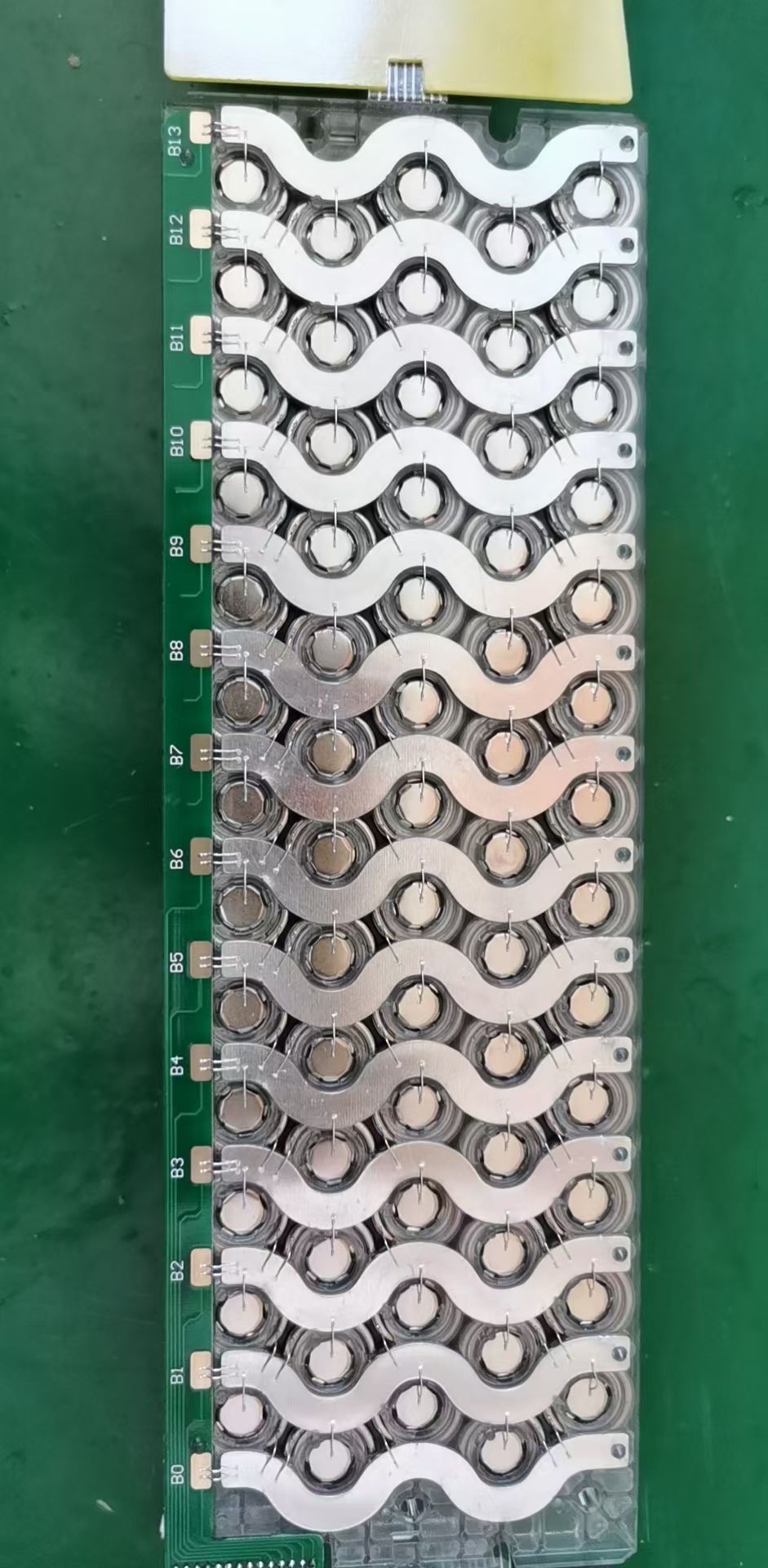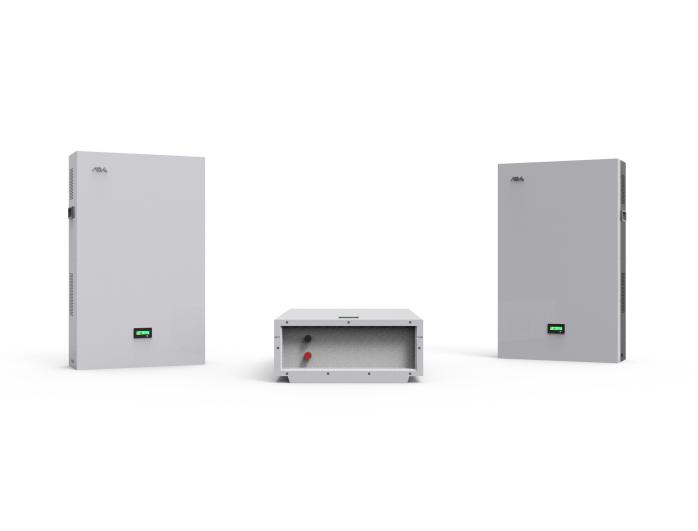- 06
- Dec
Why doesn’t Tesla need a lithium iron phosphate battery?
Discussion: Why not lithium iron phosphate?
Are Tesla’s electric cars safe to use? Why not use lithium iron phosphate batteries? The following answers come from lithium battery practitioners.
As an engineer working in a research institute, I finally had the opportunity to say a few words about my field.
First of all, in order to correct this concept, lithium battery is the abbreviation of what we usually call lithium battery. What you call ferroelectricity is actually a kind of lithium battery. It uses lithium iron phosphate as the positive electrode data. It is a kind of lithium battery.
Now let’s start with a simple version of surface abstraction:
Tesla uses Panasonic, with NCA as the positive electrode, and plans a complete battery management system to ensure and improve the efficiency and safety of battery operation. As for whether it is definitely safe, this cannot be answered. If you want to talk about spontaneous combustion, I also want to say that gasoline cars will also spontaneously ignite in summer.


For pure electric vehicles, what are we most worried about? This is not far away from anxiety, because the energy density that batteries can store is very low. Nowadays, the energy density of car batteries is usually 100 to 150 Wh/kg, and the energy density of gasoline is about 10,000. wh /kg. So even if you carry a bunch of batteries like a tortoise, you can’t handle it. Let’s laugh at how electric cars run out of power during the daily charging process.
The biggest weakness of current battery technology is its low energy density, which lags far behind Moore’s Law. Don’t talk about empty lithium, even if their energy density is not high enough, they are far from useful…
The main reason for not using lithium iron phosphate batteries, I would like to say, is low capacity and low energy (lithium iron phosphate is slightly less than 3, lower voltage, 3.4V, so lower energy). In practical applications, automobile battery packs are all combined in series and parallel, and a series connection method is required to increase the voltage. At this time, the consistency of cell voltage and capacity between different batteries becomes very important, and it is not prudent to say that the capacity is low.
In order to compare several positive data points, we must introduce this graph, namely five important functional criteria:
Power, life, cost, safety and energy.
The comparative data are NMC/NCA triple data/NCA, LCO lithium cobaltate, LFP lithium iron phosphate and LMO lithium manganate. NCA and NCM are close relatives, so they are grouped here.
From the picture we can see:
Alliance statistics
Energy is the smallest (unfortunately, low capacity is a problem, low voltage is a problem of 3.4V, such as 4.7V lithium NMC spinel). Space is limited, so don’t put charge and discharge curves here.
The power is not low at all (the pilot test of lithium iron phosphate 5C can reach 130mAh/g drop (PHOSTECH can also…) The carbon package + nano data multiplier is still very powerful!
Life and life safety are the best, which is important because it is speculated that the polyanion PO43-
In addition, oxygen combines better with the electrolyte, resulting in lower reactivity. Unlike ternary data, it is easier to display oxygen bubbles and other phenomena. In terms of lifespan, it is generally considered to be able to do 4000 cycles.
The cost is high, and the cost of lithium iron phosphate is good. The cost is second only to LMO lithium manganate (this thing, air combustion, manganese source is cheap), and the second most competitive. Lithium iron phosphate material, lithium phosphorus is relatively cheap, but some costs, making powder, heat treatment and lazy atmosphere, various process requirements, resulting in data costs (about 10 w/t in China) are not as low as LMO (6 ~ 7 w/t), but NMC (13 w/t) is still cheaper than LCO (more expensive).
Reason: Cobalt is more expensive than nickel, and nickel is more expensive than ferromanganese. What material is used and what cost is used.
Then compare and analyze the following NCM/NCA data
Energy is the biggest advantage (electric cars just want to go further, this is the most important). In addition, with the development of high nickel NCM data, the energy density of the data can be further improved
Power is no problem (actually, for pure electric vehicles, energy is more important than power characteristics, but for hybrid vehicles like the Toyota Prius, power characteristics are more important, but the premise is that the power is not bad).
